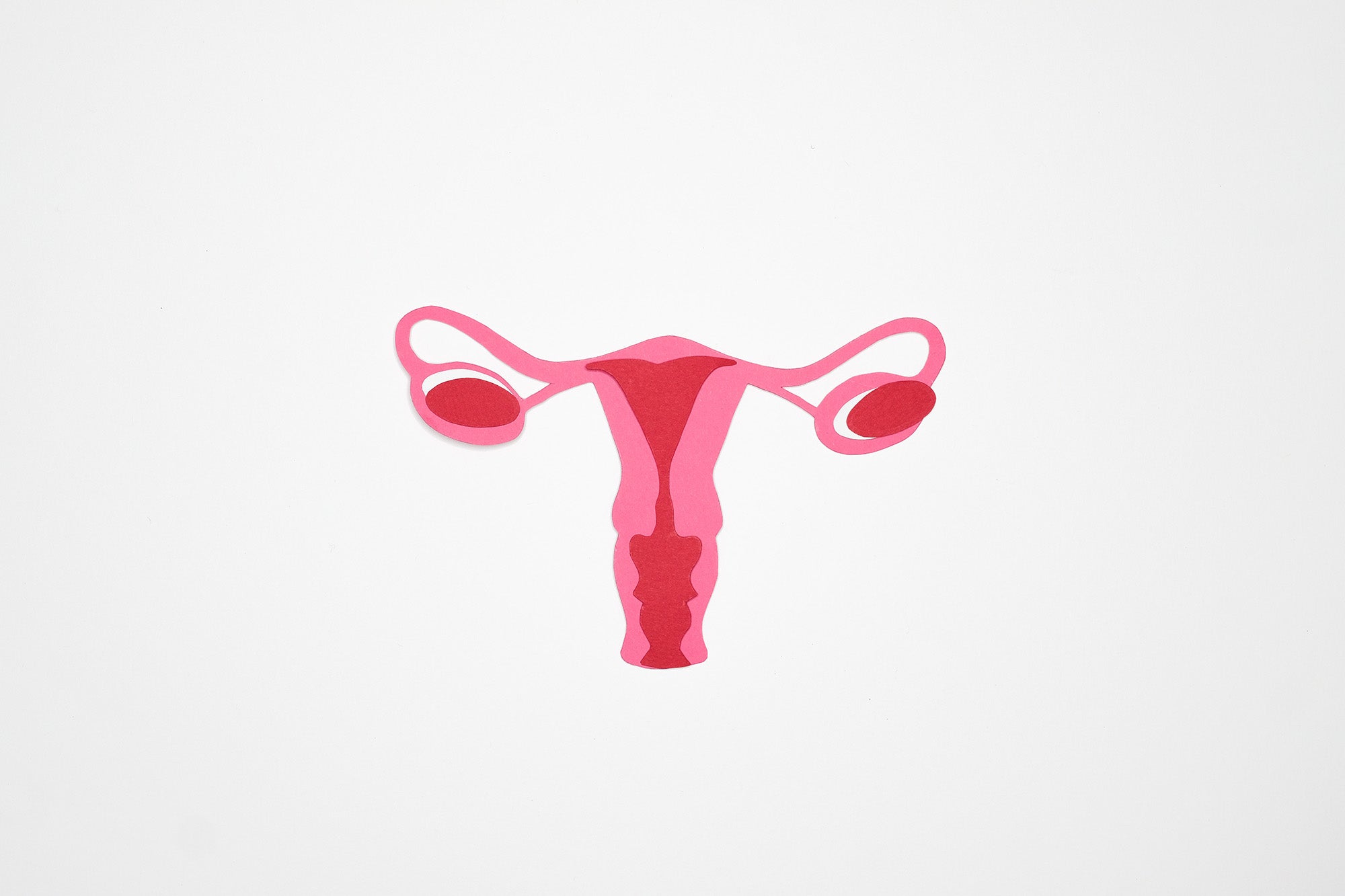(Photo via Thinx.com)
If you’ve been keeping up on period news, you might have heard that Thinx, one of the most popular menstrual hygiene brands, has gotten into some recent legal trouble over their popular period underwear. So, what’s the deal? Here’s a rundown on everything you need to know – and do – if you’ve been using Thinx underwear.
Some Background on Thinx
Thinx rose to fame with their popular period underwear. The company proudly states that their reusable period panties and boxer shorts are not just incredibly comfortable and absorbent, but are also free from “harmful chemicals” and “always keep the earth in mind.” Their manufacturing process is meant to be sustainable with ethical working conditions, to “ensure that every pair is made with mindfulness and dignity.”
In the summer of 2022, Thinx became the focus of a class action lawsuit. In a class action suit, a group of people come together to accuse a company of some sort of wrongdoing, usually because they want justice in the form of a company policy change and payment for any damages. In this case, the lawsuit claims that Thinx wrongly advertised their products as chemical-free, harm-free, and organic, when they’re not. It all comes down to something called PFAS: per- and polyfluoroalkyl substances. Phew, try saying that 10 times fast. These chemicals are generally considered harmful and environmentally unfriendly, and were found in Thinx’s underwear.
Let’s break down what PFAS are to really get the gist of whether or not Thinx underwear users have something to be concerned about.
PFAS are chemicals with extra fluorine, giving them certain properties (like softness or absorptivity or the ability to repel water). PFAS are also super long lasting, which means they take a very very long time to break down and leave our earth. There are thousands of chemicals that fall into the category of PFAS, so they’re actually pretty common. They’re found in a bunch of man-made products like raincoats, nonstick cooking pans, carpets, and even cosmetics like makeup and nail polish. PFAS linger in parts of our environment like our water, soil, and air. Because of this, many people and animals have small levels of PFAS in their bloodstream coming from things as simple as the food that we eat, water we drink, or even containers our food or products are stored in.
Scientists are still learning about the health effects of PFAS on our bodies, but high levels of exposure have been linked to increases in health problems like thyroid and immune system issues. There’s also a concern that high exposure to PFAS can lead to infertility.
There could be two possible explanations for why PFAS were found in Thinx:
- They were accidentally integrated into the fabric during manufacturing, or
- They were purposely used to help the function of the products, like making the fabric feel drier when coming into contact with period blood.
Either way, here’s the bottom line:
While PFAS might sound scary, especially if you’ve been using Thinx period underwear, it’s unlikely that they’ve caused your body any harm (so there’s no reason to be too worried!).
Why? Because the skin doesn’t absorb PFAS from clothing in the same way that it would if you were directly drinking from a highly contaminated water source. In fact, washing your period underwear a few times probably removed any traces of PFAS that might have been there in the first place.
BUT, there’s still much research to be done on PFAS and the effect that they have. This is especially true for underwear that sits next to the vulva and anus, two parts of the body particularly good at absorbing things from the immediate surrounding environment. But right now it’s more likely that PFAS are hurting the environment, rather than you. Moving forward, you can protect yourself and our environment by looking for products that don’t contain PFAS. Examples include drinking filtered water, using stainless steel pots and pans, and transferring food out of takeout containers before reheating them in the microwave.
To learn more about PFAS and how they relate to Thinx, check out this article!
And to learn more about the environmental effects of PFAS, check out this one!





Leave a comment
All comments are moderated before being published.
This site is protected by hCaptcha and the hCaptcha Privacy Policy and Terms of Service apply.